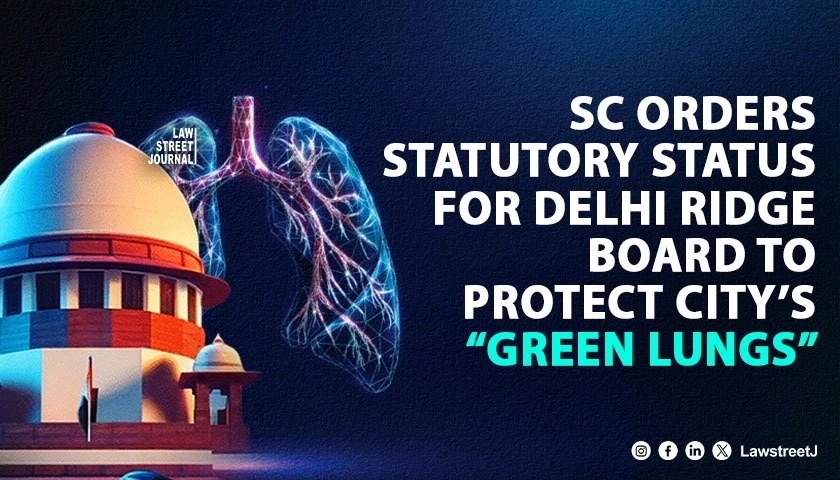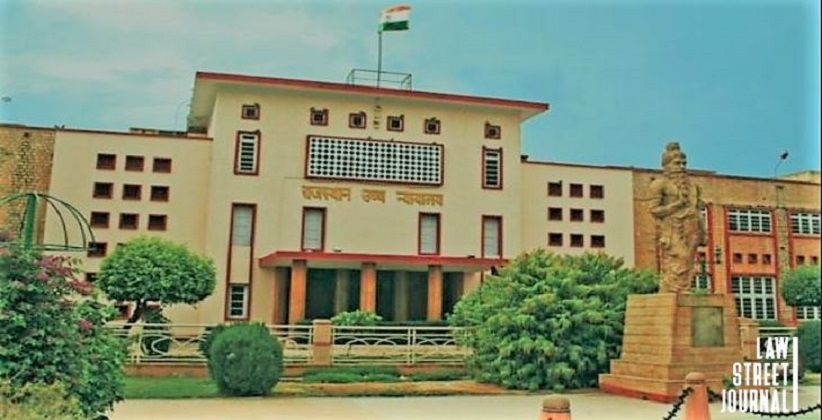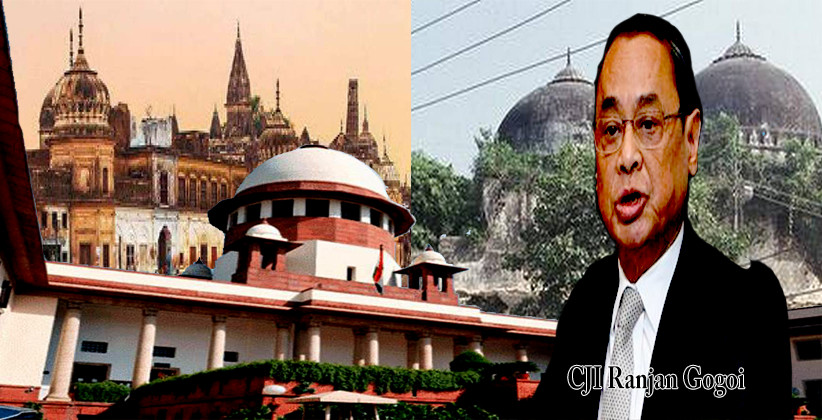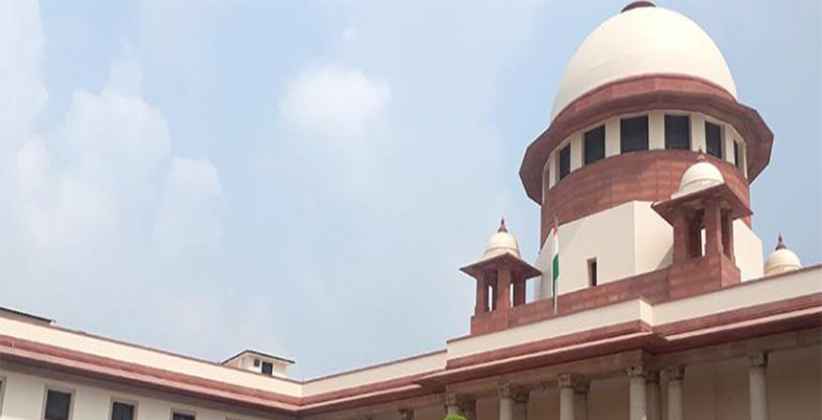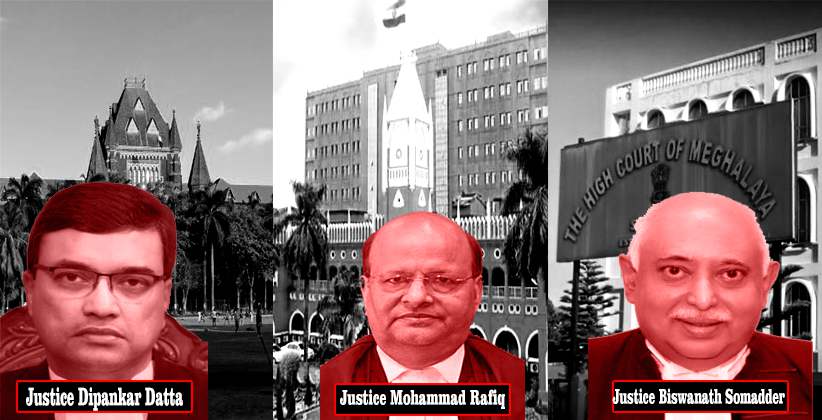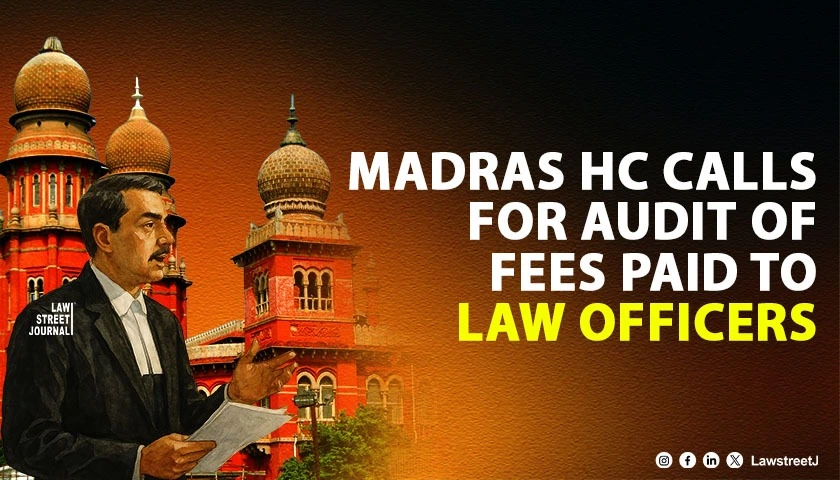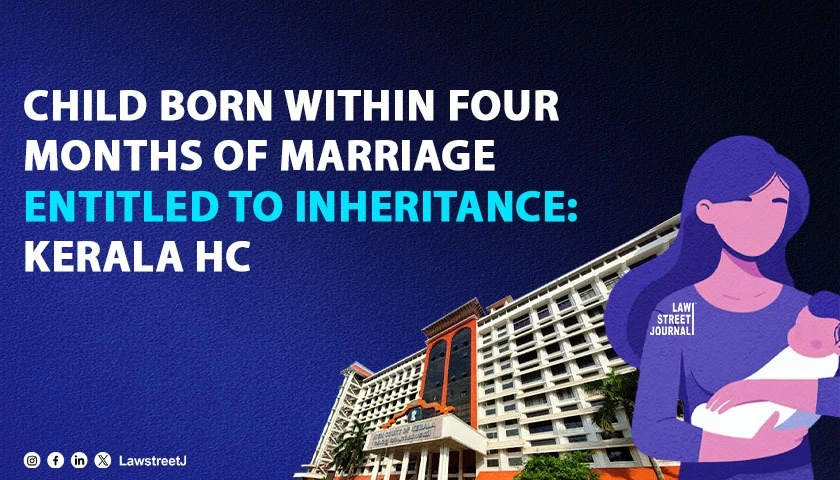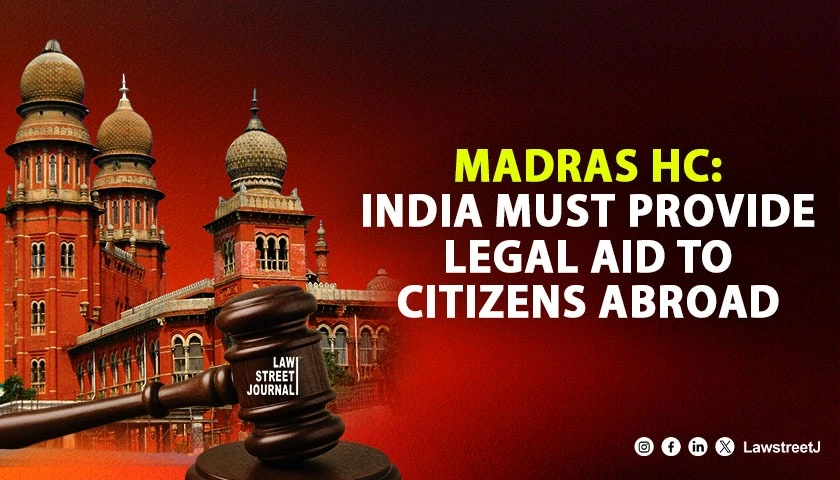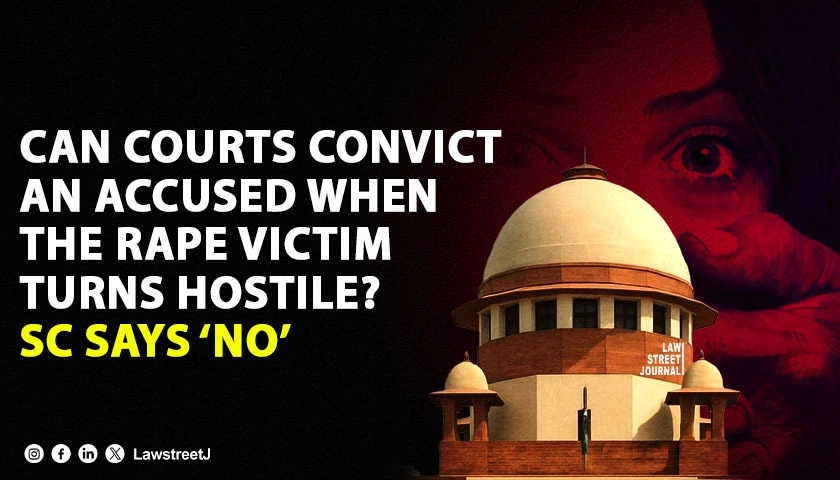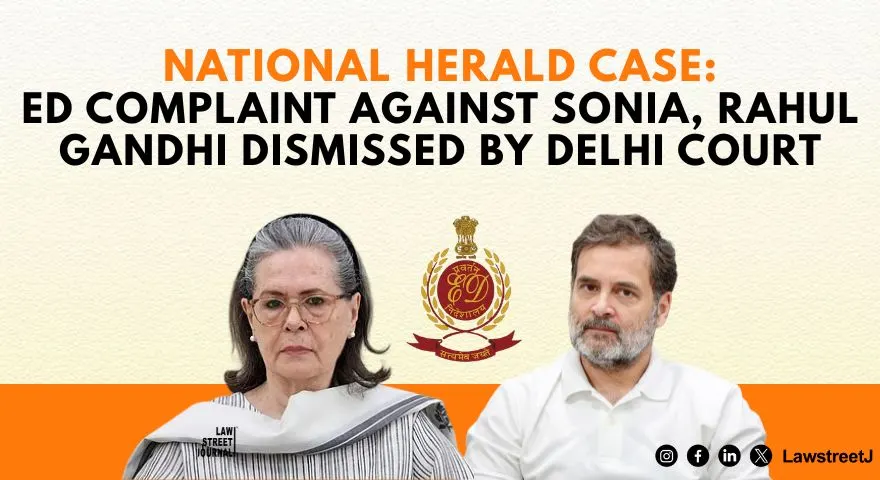New Delhi: The Supreme Court has directed that the Delhi Ridge Management Board (DRMB) be accorded statutory recognition to ensure effective and uniform protection of the Delhi Ridge, terming it the “green lungs” of the city amid its worsening air pollution crisis.
A Bench comprising Chief Justice B.R. Gavai and Justice K.V. Chandran delivered the judgment on November 11, 2025, while hearing matters concerning the preservation of the Ridge area in In Re: Delhi’s Ridge.
The Court observed that despite continuous judicial supervision over the years, the absence of statutory backing for the DRMB has resulted in overlapping jurisdictions, lack of coordination, and continued degradation of the Ridge. It noted that although the total Ridge area extends to approximately 7,784 hectares, only 103.48 hectares have been notified as Reserved Forest under the Indian Forest Act, 1927, leaving the majority of the area unprotected.
Rejecting the objection of the Ministry of Environment, Forest and Climate Change (MoEF&CC) that statutory recognition may cause overlap with existing authorities, the Court held that a unified legal framework under a single statutory body would enhance efficiency, accountability, and ecological preservation.
The Bench underscored that the Ridge performs an indispensable environmental function—acting as a natural barrier against air pollution and soil erosion—and therefore, its preservation is a constitutional and ecological necessity.
The Court observed:
“The Ridge is not merely a stretch of forest land but an ecological lifeline of Delhi. In the current state of environmental distress, preservation of the Ridge assumes the character of an urgent constitutional obligation.”
KEY DIRECTIONS
1. Statutory Empowerment of DRMB:
The Delhi Ridge Management Board shall be granted statutory status through appropriate legislative or executive action to ensure enforceability of its decisions and accountability in its functioning.
2. Reconstitution of the Board:
The DRMB shall be reconstituted with defined authority and jurisdiction for the protection, restoration, and sustainable management of the Ridge, including measures against encroachments and illegal constructions.
3. Transparency and Public Access:
The Board shall maintain records of proceedings, publish relevant reports, and ensure public accessibility of information regarding its actions and decisions.
4. Periodic Reporting to the Court:
The DRMB shall file bi-annual compliance reports before the Supreme Court detailing steps taken for conservation, rehabilitation, and removal of encroachments from the Ridge area.
5. Inter-Departmental Coordination:
All authorities and departments within the National Capital Territory of Delhi shall cooperate with and act in conformity with the directions issued by the DRMB.
The Supreme Court held that judicial monitoring alone cannot ensure long-term protection of ecologically sensitive areas without statutory backing. It emphasized that legislative recognition of the DRMB is essential to institutionalize accountability and ensure continuity of conservation efforts beyond ad hoc administrative mechanisms.
The Court reaffirmed that protection of the Ridge is integrally connected to the fundamental right to life under Article 21 of the Constitution, and that environmental preservation must be treated as a constitutional imperative rather than a discretionary policy matter.
The Bench concluded that statutory empowerment of the DRMB would serve to establish an enduring governance mechanism ensuring transparency, effective coordination, and sustained ecological balance in the National Capital Region.
Case Title: In Re: Delhi’s Ridge
Court: Supreme Court of India
Bench: Hon’ble Chief Justice B.R. Gavai and Hon’ble Justice K.V. Chandran
Date of Judgment: November 11, 2025

